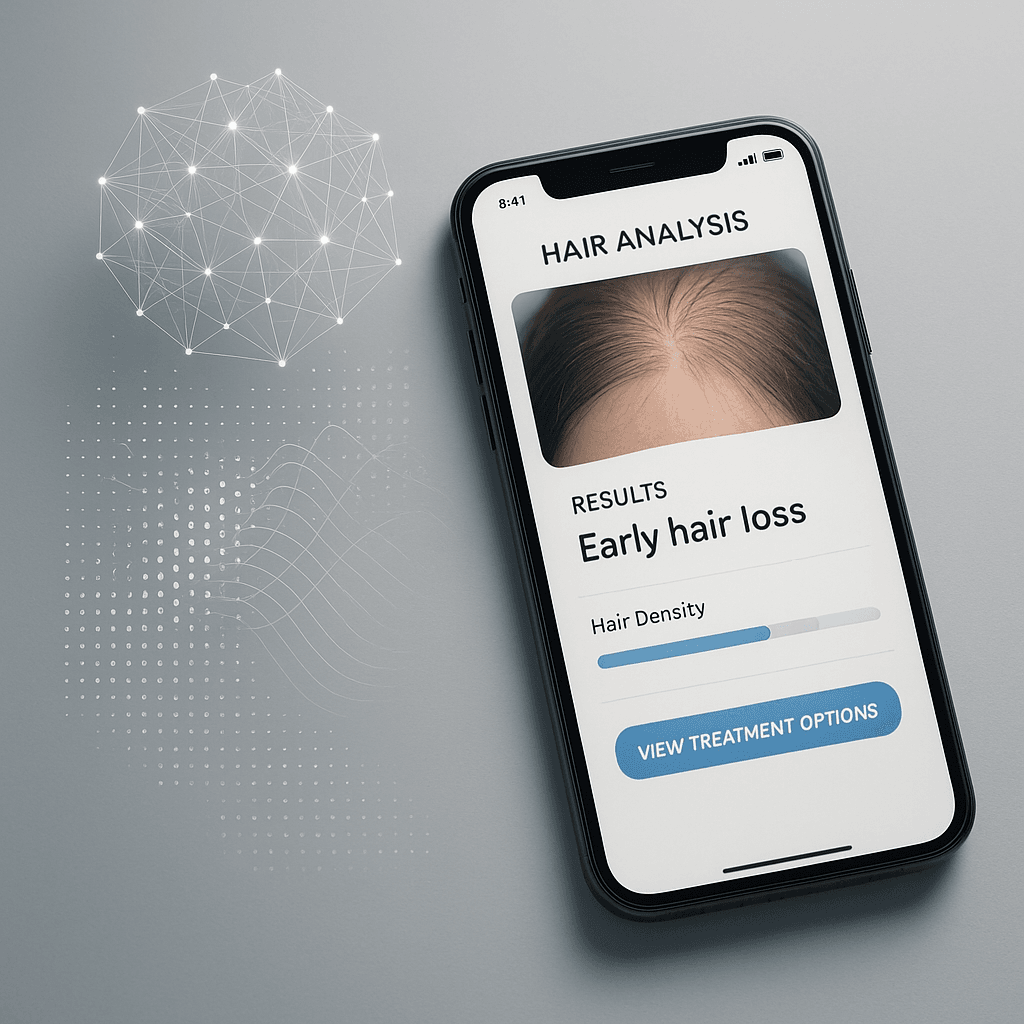A French entrepreneur's awkward salon experience just spawned the latest AI diagnostic tool targeting men's deepest insecurities. MyHair AI launched this summer with photo-based hair loss analysis, already attracting 200,000 users and 1,000 paying subscribers in a market traditionally dominated by questionable treatments and unverified clinics.
The idea hit Cyriac Lefort like a bad haircut revelation. Sitting in a New York salon two years ago, the 32-year-old French entrepreneur heard words that would launch his latest startup: "You're starting to lose a bit of hair." The hairdresser's casual diagnosis sent Lefort down a $50 billion rabbit hole that became MyHair AI, now analyzing hundreds of thousands of scalp photos with surprising early traction.
"He didn't say that to my friend sitting next to me, just to me," Lefort recalls. "In my mind, I wasn't balding, and I still don't think I am. But when someone tells you you're losing your hair, you buy whatever they suggest." That universal male vulnerability became the foundation for an AI diagnostic tool that's already processed over 300,000 scalp images since its summer launch.
The hair loss industry's opacity became Lefort's opportunity. After discovering the maze of misinformation and unverified clinic reviews plaguing the space, he partnered with co-founder Tilen Babnik to build what they're positioning as transparency through artificial intelligence. Their approach differs from established players like Hims by deploying a dedicated AI model trained specifically on hair imagery rather than relying on generic large language models.
MyHair AI's mechanics are straightforward but technically sophisticated. Users photograph their scalp through the mobile app, and the company's proprietary AI measures hair density while detecting early loss patterns. The system tracks progression over time, building personalized treatment recommendations and connecting users with verified specialists. "Our AI tells you what's really happening with your hair, matches you with products that actually make sense for your hair type, and explains the science behind them, including possible side effects," Lefort told TechCrunch.
The startup exemplifies the rapid development cycles now possible through AI-assisted coding. Lefort and Babnik "vibe coded" their initial prototype in weeks using tools like Cursor, moving from concept to launch in roughly a year. "We didn't hire anyone for the initial prototype; it was fully vibe coded," Lefort explains, though the company now employs engineers for scaling and stability as user growth accelerates.
Early metrics suggest market appetite for AI-powered health diagnostics. MyHair AI reports over 1,000 paying subscribers alongside its 200,000 registered users, with clinical partnerships allowing specialists to leverage the platform for faster patient evaluations. The company announced this week that dermatologist Dr. Tess Mauricio joined its board, adding medical credibility to the venture.










